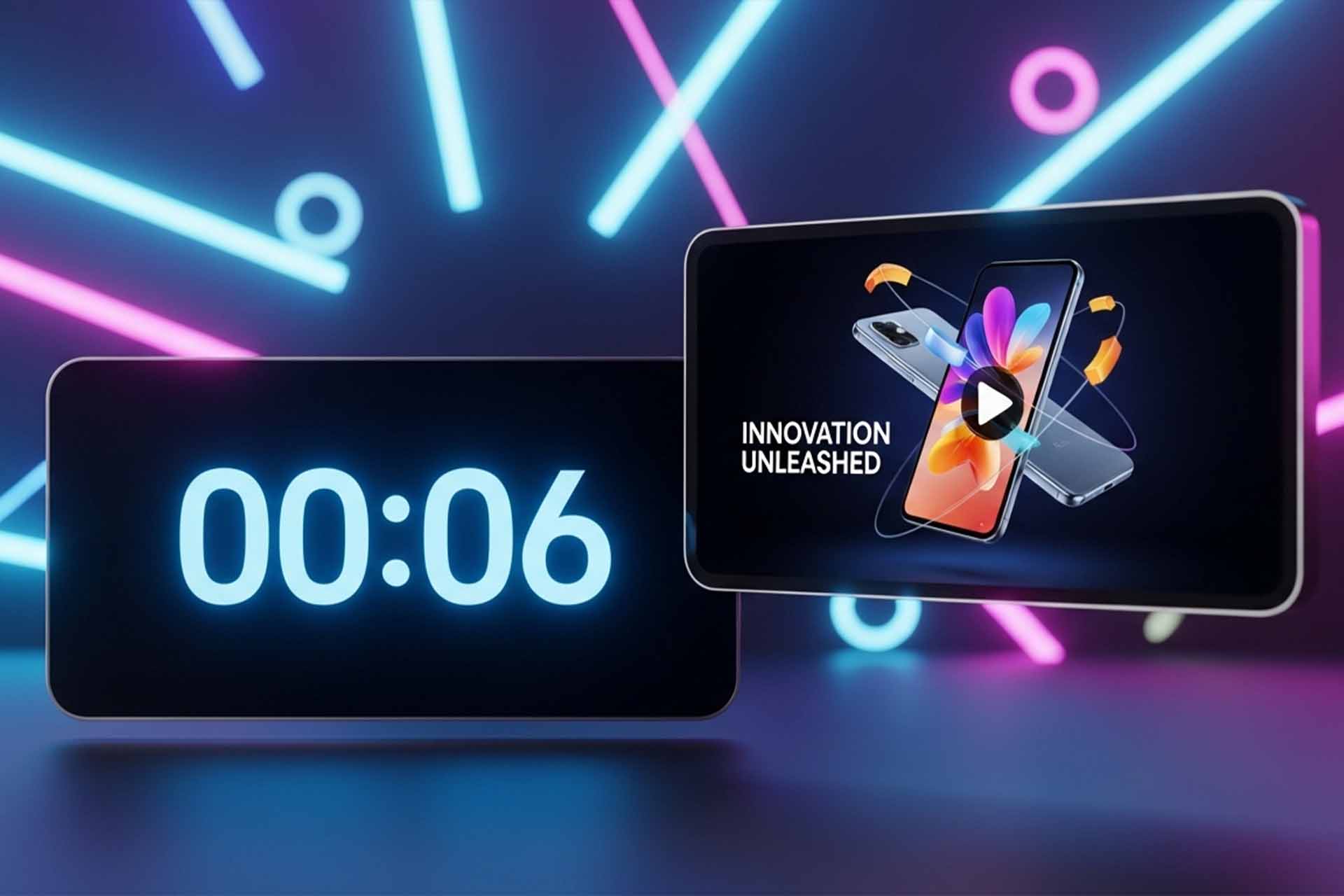
Modern Copywriting: Does Emotion or Logic Lead the Way?
Modern Copywriting: The Power of Emotion Backed by Logic
In today’s fast-paced digital age, the core question in copywriting is no longer: Should we use emotion or logic? Instead, it’s about how to blend both strategically, while considering your audience, product, and advertising platform.
Emotional vs. Logical Appeal — What’s the Difference?
📌 Emotional Appeal
This approach focuses on triggering emotions such as:
Happiness, fear, hope, nostalgia, love, excitement.
It emphasizes the intangible benefits of a product and how it makes the customer feel — tapping into the reality that humans often buy emotionally, not rationally.
For example:
- A car ad that highlights the feeling of freedom and adventure.
- A charity campaign that stirs compassion and a desire to help.
🔹 Strength: Emotional ads are memorable and drive quick action, especially when emotions are intense.
📌 Logical Appeal
This method uses facts, data, features, and measurable benefits to convince the audience. It provides clear reasons why a product is the right choice.
Examples include:
- A smartphone ad focusing on processor speed, camera resolution, and battery life.
- A cleaning product ad showing its germ-killing effectiveness in percentages.
🔹 Strength: Logical appeal builds trust through evidence, and supports emotionally-driven decisions with rational justification.
How AI Is Transforming the Copywriting Equation
1. Hyper-Personalized Content with Big Data
Advanced algorithms and AI now analyze real-time user behavior, browsing history, and preferences to deliver personalized ad experiences.
This allows for smart emotional-logical blends, such as:
“Make unforgettable memories”, paired with
“Battery lasts over 12 hours — perfect for long trips.”
2. Storytelling as a Dual Impact Tool
Advertising is no longer just about selling — it’s about telling a story. Stories forge emotional connections, making the brand experience personal.
Effective storytelling starts with emotional pull, then weaves in logical benefits naturally.
3. Generative AI in Ad Creation
AI tools can now generate multiple ad copies, catchy headlines, and entire campaign ideas tailored to the target audience.
These tools analyze which emotional or logical triggers performed best in past campaigns, then craft blended messages accordingly — even running automated A/B tests to optimize performance.
Practical Tips to Combine Emotion & Logic in Copywriting
- ✅ Focus on benefits, not just features.
- ✅ Use real stories from customers for emotional impact and rational credibility.
- ✅ Create clear CTAs (calls to action) that motivate with feeling and direct with logic.
Example:
“Join our community now — feel inspired and empowered.”
Conclusion:
In modern copywriting, it’s no longer emotion vs logic — it’s emotion powered by logic. Thanks to AI and data-driven personalization, this combination is more impactful than ever. At Loop Media, we craft persuasive ad copy that resonates emotionally and convinces logically — ensuring your message leaves a lasting impression.
- 📞 (+966) 53 692 8397
- 📧 Support@loop-media.co
- Visit our Contact Us page.
This article is available in Arabic. You can read the Arabic version [here].
❓ Frequently Asked Questions (As SEO Keywords)
1. Is emotional appeal more effective than logical appeal?
It depends on the audience. Emotional appeal grabs attention quickly, while logical appeal builds trust and long-term loyalty.
2. How do I balance emotion and logic in one ad?
Start with an emotional hook, then support it with logical data and benefits.
3. Can AI really write effective copy?
Yes — especially when combined with performance data. However, human review remains key to authenticity and tone.
4. Why is storytelling so powerful in advertising?
Stories make the message personal, engaging, and memorable — while seamlessly delivering rational points.
5. How can I know what appeals best to my audience?
By analyzing engagement data and testing variations, you can discover whether your audience responds more to emotional or logical messaging — or a mix of both.
 العربية
العربية


